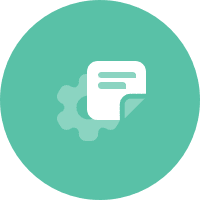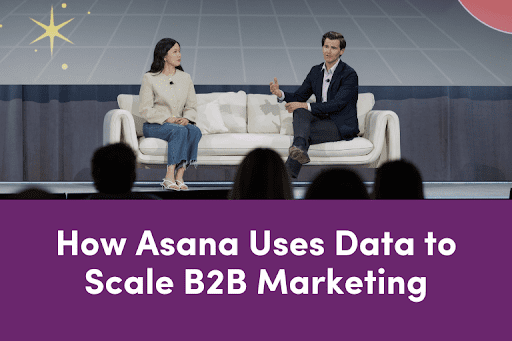For B2B marketers, building meaningful customer engagement can often feel like assembling a tower on top of fractured ground. Fragmented data, inconsistent cross-team definitions, and slow, manual processes often prevent teams from delivering timely, relevant messaging. And these issues aren’t just creating friction––they actively limit revenue and risk damaging customer trust.
Asana, a collaborative work management platform serving over 150,000 organizations globally, approached this challenge with a clear goal: operationalize our customer data ecosystem. Our solution? A modern martech stack powered by Twilio Segment and Iterable. As Product Owner of the Customer Data Platform at Asana, I shared our story at Activate Summit 2025, detailing how we translated strategic vision into measurable execution and the quantifiable results that followed.
But before we could unlock these outcomes, we needed to confront the data roadblocks slowing us down.
Closing the Data Activation Gap: Empowering B2B Marketers for Speed and Scale
Our transition from a product-led to a hybrid product- and sales-led growth model surfaced a pervasive B2B challenge: inconsistent data definitions across teams. Misalignment like this made campaign orchestration harder than it needed to be.
Yet, a key challenge lingered in the process. Audience creation was still dependent on manual workflows. Marketing teams would submit requests to engineering or data science and wait days, sometimes weeks, for segmentation deliverables. By the time they got what they needed, customers could have moved on to a new lifecycle stage. Relevance was lost before the message was even delivered.
The problem wasn’t strategy, it was speed and autonomy. We needed faster, more direct ways for our marketers to activate data without creating dependencies on technical teams.
This pressure point resonates across B2B organizations. As marketing matures and teams scale, we realize our data infrastructure isn’t yet optimized to keep pace, which leads to a valuable opportunity to rethink how we connect data and activate it efficiently across surfaces.
Setting the Foundation: Unifying B2B Customer Data with Twilio Segment
We brought on Twilio Segment to serve as our CDP, unifying information from product usage, demographic and firmographic sources, web behavior, and enrichment tools. Leveraging Segment’s Identity Resolution, we were able to unify all the signals into one profile view that allows our marketers to speak to our customers as one identity.
However, consolidation was just the starting point. Our team made a conscious decision to prioritize data value over volume. We didn’t try to bring in everything. Instead, we focused on attributes that could power multiple use cases and scale across teams. A structured intake process kept things moving: our marketers submitted requests in Asana, then passed through privacy, compliance, analytics, and engineering reviews before new attributes were activated.
The payoff? Marketing teams gained self-serve access to high-impact customer data. Campaign execution velocity got faster. Cross-functional alignment improved measurably. And campaign workflows became repeatable rather than reinvented from scratch each time.
This approach didn’t merely solve for speed––we built the foundation that supports long-term agility. Our teams no longer had to reinvent workflows or revalidate audiences with each new initiative, freeing them to spend more time on experimentation and strategy.
Activating B2B Data for Personalized Customer Journeys with Iterable
Once the data was centralized and clean, it was time to put it to work.
With unified profiles flowing from Segment into Iterable, we triggered real-time, behavior-based messaging. A standout example came from our trial onboarding program. Instead of a static, time-based sequence, user actions within the product now trigger contextual follow-ups. If a user creates their first task, Iterable would prompt the user to build a project via email — no waiting, no assumptions.
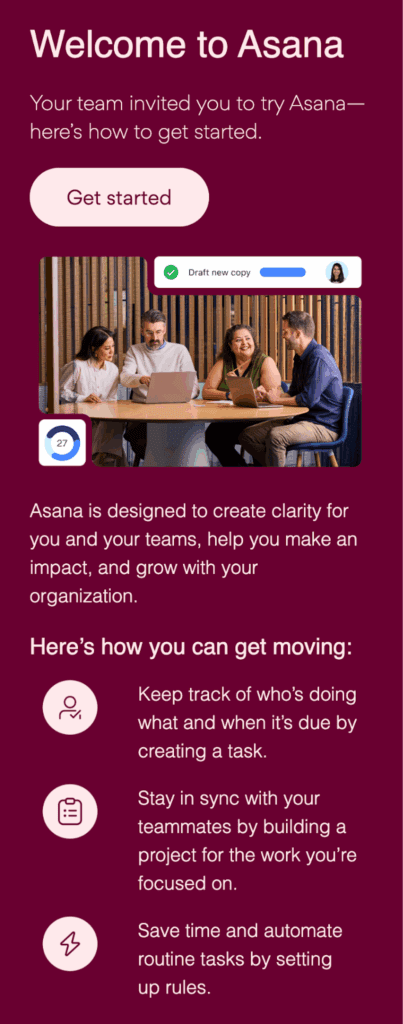

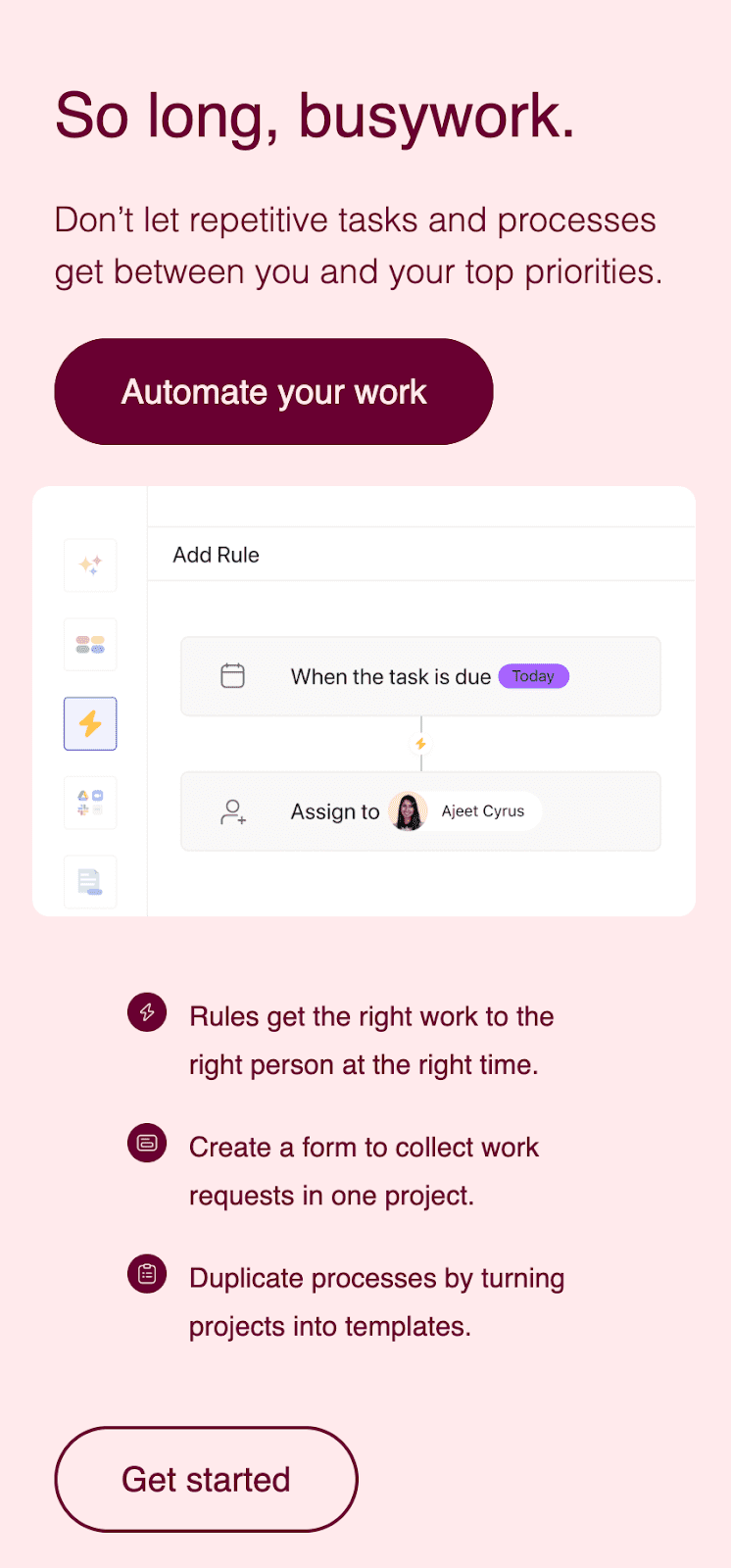

The results were immediate: a measurable 8% lift in email click-through rates and a framework built for faster experimentation. With Segment and Iterable tightly integrated, our marketing team could test, iterate, and scale what worked, without bottlenecks.
The benefits extended beyond lifecycle campaigns. Our Sales and Customer Success teams gained clearer insight into user behaviors, making outbound communication sharper and more relevant.
What We Learned: Practical Advice for Smarter B2B Marketing
No transformation happens overnight. But after overhauling our data foundations and execution workflows, a few core principles stood out that helped our team move faster and be more impactful:
1. Focus on value, not just volume.
At the start of any CDP implementation, it’s tempting to bring in every possible data point. We learned to focus instead on attributes that could be reused across workflows. Multipurpose attributes reduce noise, scale better, and deliver outsized value for the effort involved.
2. Establish robust data governance.
Data definitions matter. We developed a comprehensive data dictionary and established audience governance processes to ensure alignment across teams. This reduced ambiguity and improved collaboration.
3. Maintain platform operational hygiene.
Systems can quickly become cluttered. We created monthly audit workflows to clean up test audiences, apply naming conventions, and preserve platform usability. This operational discipline ensured long-term system sustainability and user adoption.
4. Embrace predictive AI for proactive engagement.
We have started exploring predictive models through Segment to anticipate what users are likely to do next, like surfacing Asana AI capabilities to workflow-heavy users. These models are only as effective as the data behind them, which is why our focus on structured, high-quality customer data remains central to every layer of our martech stack.
For a deeper look at how Asana is laying the groundwork for predictive marketing and scaling experimentation across teams, check out the full recording of our session at Activate Summit 2025.
A Roadmap for Scalable B2B Engagement
Our transformation at Asana provides a replicable blueprint for what’s possible when B2B teams prioritize thoughtful data activation. It wasn’t just about implementing new tools. It was about redefining how teams access, use, and govern customer data, then building the operational backbone to support continuous growth.
With Segment and Iterable, we transformed signals into coordinated journeys. With a foundation built on shared language and scalable processes, we positioned ourselves to move faster, personalize deeper, and experiment more intelligently.
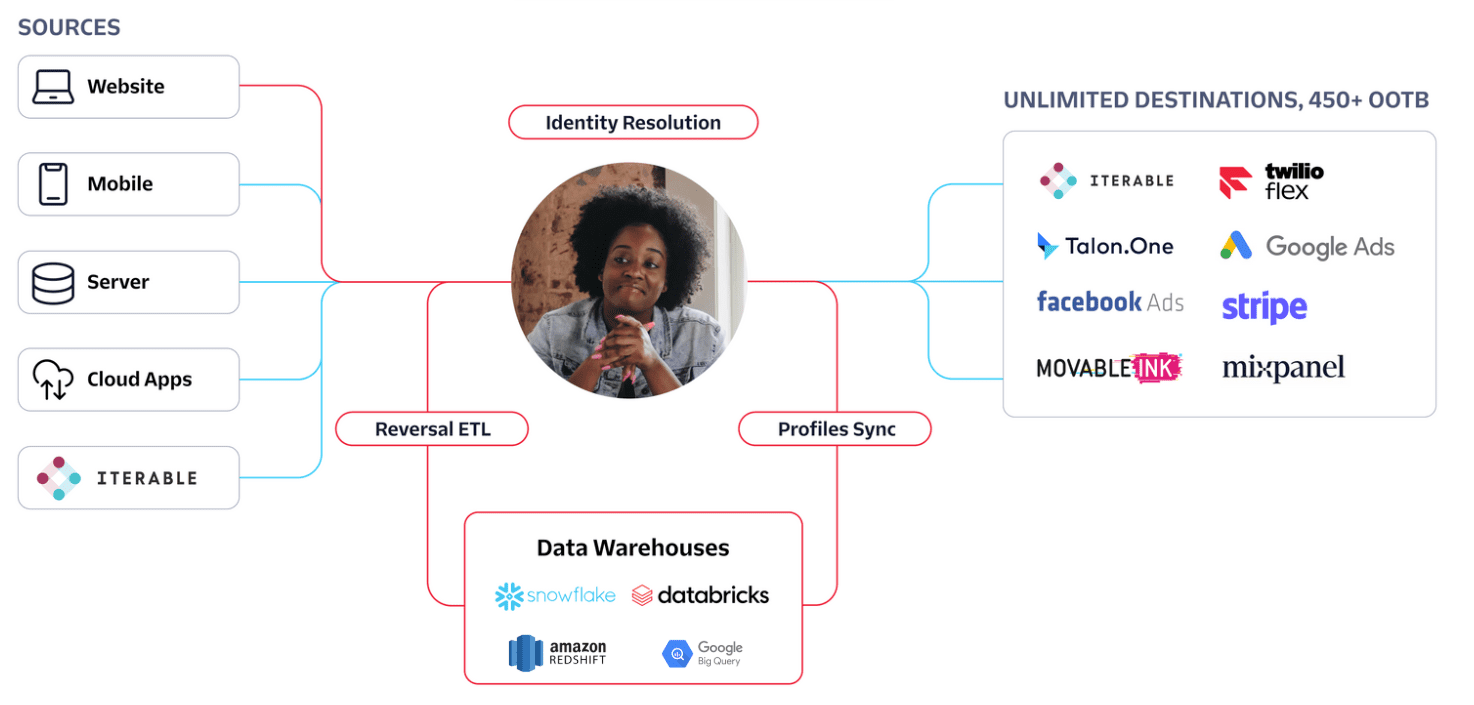

For organizations seeking to break out of static campaigns and build momentum, the takeaway is simple: data maturity isn’t a destination. It’s an enabler. The right infrastructure, paired with strong governance and real-time activation, equips teams to meet the evolving demands of today’s B2B buyers.
| Want to build a similar foundation? Read The Future of MarTech Is Composable: How to Power Customer Engagement With Data to explore how composable systems and unified customer profiles unlock smarter, faster B2B marketing at scale. |




























